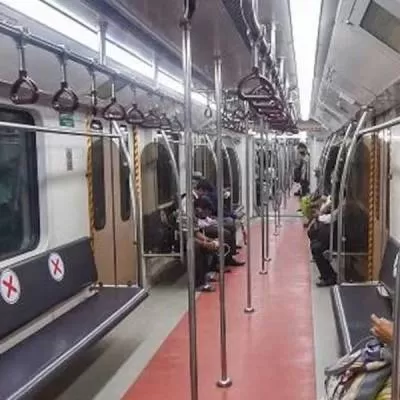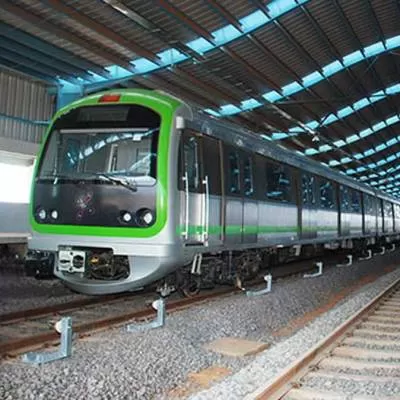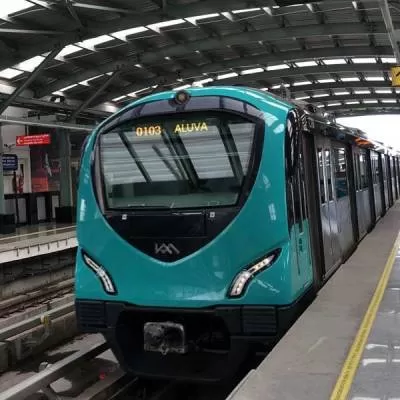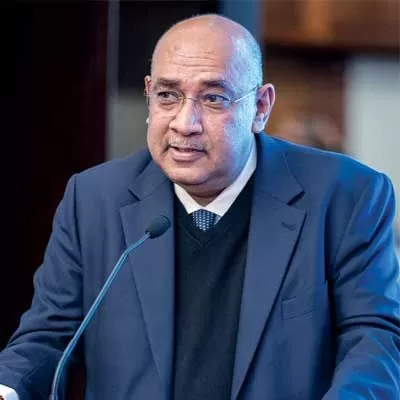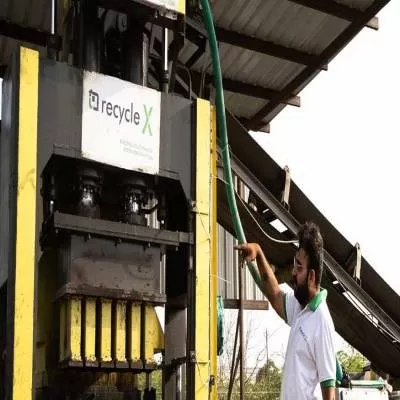- Home
- Infrastructure Urban
- ECONOMY & POLICY
- India unveils plan to expand high-speed highways, 41,000 km by 2031-32
India unveils plan to expand high-speed highways, 41,000 km by 2031-32
Upon completion, this initiative aims to nearly double the average travel speed on the national highway network from the current 47 kmph to 85 kmph. The government envisions that achieving this increased speed will contribute to lowering logistics costs to 9-10% of the GDP, compared to the current 18%. Notably, the average travel speed on highways in the United States is over 100 kmph, and in China, it is 90 kmph.
To ensure accessibility within 100-150 km from any part of India and alleviate congestion around cities and urban areas, specific high-speed corridors have already been identified. The government foresees a need for approximately 50,000 km of high-speed corridors in the long run. Presently, only 3,900 km of high-speed corridors are operational, but this is expected to increase to around 11,000 km by 2026-27. Recognising the substantial gap, plans have been outlined for new high-speed corridors covering 36,500 km, focusing on the construction of four and six-lane highways over the next two decades.
The Ministry of Road Transport has put forward a plan to construct and expand approximately 41,000 km of national highways by 2031-32, including 15,000 km of high-speed (access-controlled) corridors. The estimated investment for this ambitious initiative is around Rs 19.5 trillion. Under the proposed master plan for highway development, the first phase projects are scheduled to be tendered by 2028-29, with completion anticipated by 2031-32. Upon completion, this initiative aims to nearly double the average travel speed on the national highway network from the current 47 kmph to 85 kmph. The government envisions that achieving this increased speed will contribute to lowering logistics costs to 9-10% of the GDP, compared to the current 18%. Notably, the average travel speed on highways in the United States is over 100 kmph, and in China, it is 90 kmph. To ensure accessibility within 100-150 km from any part of India and alleviate congestion around cities and urban areas, specific high-speed corridors have already been identified. The government foresees a need for approximately 50,000 km of high-speed corridors in the long run. Presently, only 3,900 km of high-speed corridors are operational, but this is expected to increase to around 11,000 km by 2026-27. Recognising the substantial gap, plans have been outlined for new high-speed corridors covering 36,500 km, focusing on the construction of four and six-lane highways over the next two decades.


